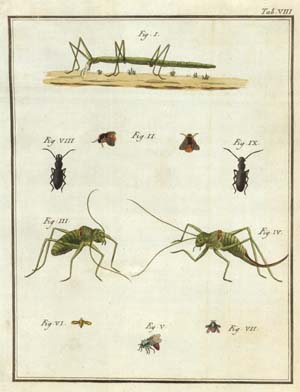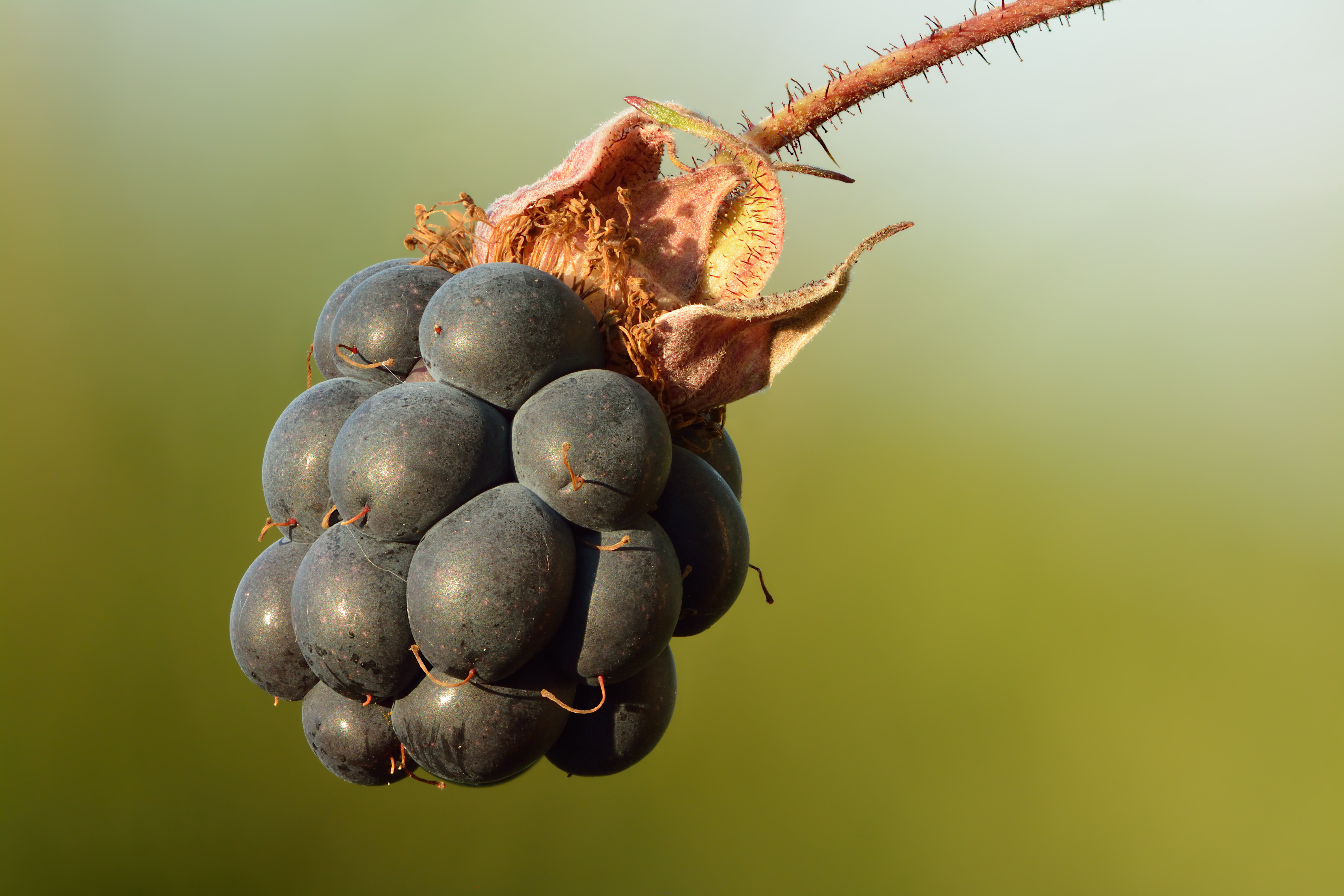|
Caliprobola Speciosa
''Caliprobola speciosa'' is a Palearctic hoverfly. It is an ancient woodland bioindicator. Description For terms see Morphology of Diptera ''Caliprobola speciosa'' is a large (wingspan : 13–17 mm. slender -bodied hoverfly. The body is brassy aeneous or dark metallic green. The base of the abdomen is black. Tergites 2, 3 and 4 have a thin black transverse line followed by a broad metallic green band, a thin black transverse line broken in the middle and a transverse stripe of golden hairs. The prominent orange yellow frons is projecting and coned. The face is yellow. The legs are yellow, only the base of the femora black. The wings are yellowish and dark shaded at the tip. The larva is described and figured by Rotheray (1994) Distribution Europe, from southern England to northern Spain and across the Palearctic as far as eastern Siberia.Not in Scandinavia and northern regions.Peck, L.V. (1988) Syrphidae. In: Soos, A. & Papp, L. (eds.) ''Catalogue of Palaearctic Dipte ... [...More Info...] [...Related Items...] OR: [Wikipedia] [Google] [Baidu] |
Pietro Rossi (scientist)
Pietro Rossi (23 January 1738 in Florence – 21 December 1804 in Pisa) was an Italian scientist and entomologist. Career Rossi's academic career was conducted at the University of Pisa, where he attained a doctorate in philosophy and medicine in 1759. He was then made a professor of logic in 1763, a position he held until 1801, when he finally received the chair for natural history with the special field "insectology", making him the world's first professor of entomology. His publications, particularly ''Fauna etrusca'' (1790) and ''Mantissa insectorum'' (1792), are considered pioneer achievements of entomology and still possess scientific validity in the fields of taxonomy and biological nomenclature. Parts of his collection were once in the possession of Johann Christian Ludwig Hellwig in Braunschweig; these are now in the Natural History Museum of Berlin. In 1793, he was elected a foreign member of the Royal Swedish Academy of Sciences. After his death, the ''Museo en ... [...More Info...] [...Related Items...] OR: [Wikipedia] [Google] [Baidu] |
Caltha
''Caltha'' is a genus of rhizomatous perennial flowering plants in the family Ranunculaceae ("buttercup family"), to which ten species have been assigned. They occur in moist environments in temperate and cold regions of both the Northern and Southern Hemispheres. Their leaves are generally heart-shaped or kidney-shaped, or are characteristically diplophyllous (the auricles of the leaf blades form distinctly inflexed appendages). Flowers are star shaped and mostly yellow to white. True petals and nectaries are missing but the five or more sepals are distinctly colored. As usual in the buttercup family there is a circle of stamens around (two to twenty-five) free carpels. Description ''Caltha'' species are hairless, dwarf to medium size (1–80 cm high) perennial herbs, with alternate leaves. These leaves are simple (in all Northern Hemisphere species), or have one pair of lobes at the base (in ''C. sagittata'') which is mostly oriented at a straight angle to the larger ... [...More Info...] [...Related Items...] OR: [Wikipedia] [Google] [Baidu] |
Eristalinae
Eristalinae (or Milesiinae) are one of the four subfamilies of the fly family Syrphidae, or hoverflies. A well-known species included in this subfamily is the dronefly, ''Eristalis tenax''. Species in this subfamily are often misclassified as bees instead of flies due to their exceptional Mimicry, especially to resemble Honeybees (family Apidae). The best strategy for proper identification is to look at their eyes and wings and compare with fly morphology, to determine membership of family Syrphidae and/or of order Hymenoptera. Taxonomy This subfamily consists of the following tribes: * Brachyopini * Callicerini * Cerioidini * Eristalini * Sericomyiini * Eumerini * Milesiini * Pipizini * Rhingiini * Spheginobacchini * Volucellini gallery Brachyopa daeckei.jpg, '' Brachyopa daeckei'' actual size Sphiximorpha subsessilis, Parc de Woluwé, Brussels (34851582946).jpg, ''Sphiximorpha subsessilis'' Namaste! (8089480678).jpg, ''Palpada sp.'' Syrphid - Seric ... [...More Info...] [...Related Items...] OR: [Wikipedia] [Google] [Baidu] |
Diptera Of Europe
Flies are insects of the Order (biology), order Diptera, the name being derived from the Ancient Greek, Greek δι- ''di-'' "two", and πτερόν ''pteron'' "wing". Insects of this order use only a single pair of wings to fly, the hindwings having evolved into advanced mechanosensory organs known as halteres, which act as high-speed sensors of rotational movement and allow dipterans to perform advanced aerobatics. Diptera is a large order containing an estimated 1,000,000 species including horse-fly, horse-flies, crane fly, crane flies, hoverfly, hoverflies and others, although only about 125,000 species have Species description, been described. Flies have a mobile head, with a pair of large compound eyes, and mouthparts designed for piercing and sucking (mosquitoes, black flies and robber flies), or for lapping and sucking in the other groups. Their wing arrangement gives them great maneuverability in flight, and claws and pads on their feet enable them to cling to smooth ... [...More Info...] [...Related Items...] OR: [Wikipedia] [Google] [Baidu] |
Tamarix
The genus ''Tamarix'' (tamarisk, salt cedar, taray) is composed of about 50–60 species of flowering plants in the family Tamaricaceae, native to drier areas of Eurasia and Africa. The generic name originated in Latin and may refer to the Tamaris River in Hispania Tarraconensis (Spain). Description They are evergreen or deciduous shrubs or trees growing to in height and forming dense thickets. The largest, '' Tamarix aphylla'', is an evergreen tree that can grow to tall. They usually grow on saline soils, tolerating up to 15,000 ppm soluble salt, and can also tolerate alkaline conditions. Tamarisks are characterized by slender branches and grey-green foliage. The bark of young branches is smooth and reddish brown. As the plants age, the bark becomes gray-brown, ridged and furrowed. The leaves are scale-like, almost like that of junipers, 1–2 mm (1/20" to 1/10") long, and overlap each other along the stem. They are often encrusted with salt secretions. The pink t ... [...More Info...] [...Related Items...] OR: [Wikipedia] [Google] [Baidu] |
Sorbus Aucuparia
''Sorbus aucuparia'', commonly called rowan (UK: /ˈrəʊən/, US: /ˈroʊən/) and mountain-ash, is a species of deciduous tree or shrub in the rose family. It is a highly variable species, and botanists have used different Circumscription (taxonomy), definitions of the species to include or exclude trees native to certain areas; a recent definition includes trees native to most of Europe and parts of Asia, as well as northern Africa. The range extends from Madeira, the British Isles and Iceland to Russia and northern China. Unlike many plants with similar distributions, it is not native to Japan. The tree has a slender trunk with smooth bark, a loose and roundish crown, and its leaves are pinnate in pairs of leaflets on a central vein with a terminal leaflet. It blossoms from May to June in dense corymbs of small yellowish white flowers and develops small red pomes as fruit that ripen from August to October and are eaten by many bird species. The plant is undemanding and frost h ... [...More Info...] [...Related Items...] OR: [Wikipedia] [Google] [Baidu] |
Rubus
''Rubus'' is a large and diverse genus of flowering plants in the rose family, Rosaceae, subfamily Rosoideae, with over 1,350 species. Raspberries, blackberries, and dewberries are common, widely distributed members of the genus. Most of these plants have woody stems with prickles like roses; spines, bristles, and gland-tipped hairs are also common in the genus. The ''Rubus'' fruit, sometimes called a bramble fruit, is an aggregate of drupelets. The term "cane fruit" or "cane berry" applies to any ''Rubus'' species or hybrid which is commonly grown with supports such as wires or canes, including raspberries, blackberries, and hybrids such as loganberry, boysenberry, marionberry and tayberry. The stems of such plants are also referred to as canes. Description Most species in the genus are hermaphrodites, '' Rubus chamaemorus'' being an exception. ''Rubus'' species have a basic chromosome number of seven. Polyploidy from the diploid (14 chromosomes) to the tetrade ... [...More Info...] [...Related Items...] OR: [Wikipedia] [Google] [Baidu] |
Rorippa
''Rorippa'' is a genus of flowering plants in the family Brassicaceae, native to Europe through central Asia, Africa, and North America. ''Rorippa'' species are annual to perennial herbs, usually with yellow flowers and a peppery flavour. They are known commonly as yellowcresses. ''Rorippa'' formerly included several species of watercress, now placed in the genus '' Nasturtium''. In particular, ''R. nasturtium-aquaticum'' (now '' N. officinale'') and ''R. microphylla'' (now '' N. microphyllum'') are often referred to as species of ''Rorippa''. There are about 75''Rorippa''. Flora of China. to 85''Rorippa''. Flora of North America. species i ... [...More Info...] [...Related Items...] OR: [Wikipedia] [Google] [Baidu] |
Crataegus
''Crataegus'' (), commonly called hawthorn, quickthorn, thornapple, Voss, E. G. 1985. ''Michigan Flora: A guide to the identification and occurrence of the native and naturalized seed-plants of the state. Part II: Dicots (Saururaceae–Cornaceae)''. Cranbrook Institute of Science and University of Michigan Herbarium, Ann Arbor, Michigan. May-tree,Graves, Robert. ''The White Goddess: A Historical Grammar of Poetic Myth'', 1948, amended and enlarged 1966, New York: Farrar, Straus and Giroux. whitethorn, Mayflower, or hawberry, is a genus of several hundred species of shrubs and trees in the family Rosaceae, native to temperate regions of the Northern Hemisphere in Europe, Asia, North Africa, and North America. The name "hawthorn" was originally applied to the species native to northern Europe, especially the common hawthorn ''C. monogyna'', and the unmodified name is often so used in Britain and Ireland. The name is now also applied to the entire genus and to the related Asian ... [...More Info...] [...Related Items...] OR: [Wikipedia] [Google] [Baidu] |
Ancient Woodland
In the United Kingdom, an ancient woodland is a woodland that has existed continuously since 1600 or before in England, Wales and Northern Ireland (or 1750 in Scotland). Planting of woodland was uncommon before those dates, so a wood present in 1600 is likely to have developed naturally. In most ancient woods, the trees and shrubs have been cut down periodically as part of the management cycle. Provided that the area has remained as woodland, the stand is still considered ancient. Since it may have been cut over many times in the past, ancient woodland does not necessarily contain very old trees. For many species of animal and plant, ancient woodland sites provide the sole habitat, and for many others, conditions on these sites are much more suitable than those on other sites. Ancient woodland in the UK, like rainforest in the tropics, is home to rare and threatened species. For these reasons ancient woodland is often described as an irreplaceable resource, or 'critical natural c ... [...More Info...] [...Related Items...] OR: [Wikipedia] [Google] [Baidu] |
Chestnut
The chestnuts are the deciduous trees and shrubs in the genus ''Castanea'', in the beech family Fagaceae. They are native to temperate regions of the Northern Hemisphere. The name also refers to the edible nuts they produce. The unrelated horse chestnuts (genus ''Aesculus'') are not true chestnuts, but are named for producing nuts of similar appearance that are mildly poisonous to humans. True chestnuts should also not be confused with water chestnuts, which are tubers of an aquatic herbaceous plant in the sedge family Cyperaceae. Other species commonly mistaken for chestnut trees are the chestnut oak (''Quercus prinus'') and the American beech ('' Fagus grandifolia''),Chestnut Tree in chestnuttree.net. both of which are also in the Fagaceae family. [...More Info...] [...Related Items...] OR: [Wikipedia] [Google] [Baidu] |


_(10144905255).jpg)


